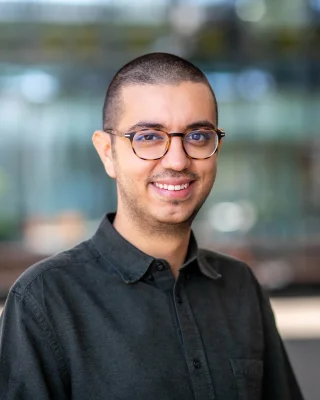Project: On Neural Cellular Automata
Description
The design of collective intelligence, i.e. the ability of a group of simple agents to collectively cooperate towards a unifying goal, is a growing area of machine learning research aimed at solving complex tasks through emergent computation [1, 2]. The interest in these techniques stems from their striking similarity to real biological systems—such as insect swarms and bacteria colonies—and from their natural scalability as distributed systems. Cellular automata (CAs) represent a natural playground for studying collective intelligence and morphogenesis (shape-forming processes), because of their discrete-time and Markovian dynamics. As such, they are capable of producing complex emergent global dynamics from the iterative, possibly asynchronous application of localized transition rules. Neural Cellular Automata (NCA) are cellular automata whose transition functions are parametrized by (usually small) neural networks, and are inspired by the biological behaviors of cellular growth. As an example, the original NCA [1] showed how a simple convolutional layers can grow a desirable pattern and make it persistent over time. Furthermore, they have been successfully applied to designing self-organizing systems for morphogenesis in 3D [4], image generation and classification [5, 6], and reinforcement learning [7]. Subsequently, recent work [8, 9] introduced Graph NCAs (GNCAs) by extending NCAs to the general setting of graphs, and showed that Graph Neural Networks are natural and universal engines for learning any desired transition rule (for animations, check the repo https://github.com/gengala/egnca). This initiative embodies an open proposal for advancing research in the realm of Neural Cellular Automata (NCA). Students have the autonomy to opt for supervised or unsupervised domains, as well as delve into the image or graph domain, each with its unique set of challenges. An enthusiastic and dedicated approach to the subject matter is expected from the ideal candidate, who should also possess a high level of comfort in comprehending and proficiently implementing deep learning models, preferably using the PyTorch framework. [1] Ha, David, and Yujin Tang. "Collective intelligence for deep learning: A survey of recent developments." Collective Intelligence 1.1 (2022): 26339137221114874. [2] http://sebastianrisi.com/self_assembling_ai/ [3] https://distill.pub/2020/growing-ca/ [4] S. Sudhakaran, D. Grbic, S. Li, A. Katona, E. Najarro, C. Glanois, and S. Risi. Growing 3D artefacts and functional machines with neural cellular automata. In ALIFE 2021: The 2021 Conference on Artificial Life, 07 2021. doi:10.1162/isal_a_00451. [5] R. B. Palm, M. G. Duque, S. Sudhakaran, and S. Risi. Variational neural cellular automata. In International Conference on Learning Representations, 2022. URL https://openreview.net/forum?id=7fFO4cMBx_9. [6] https://distill.pub/2020/selforg/ [7] W. Huang, I. Mordatch, and D. Pathak. One policy to control them all: Shared modular policies for agent-agnostic control. In Proceedings of the 37th International Conference on Machine Learning, volume 119 of Proceedings of Machine Learning Research, pages 4455–4464. PMLR, 2020. URL https://proceedings.mlr.press/v119/huang20d.html. [8] Grattarola, Daniele, Lorenzo Livi, and Cesare Alippi. "Learning graph cellular automata." Advances in Neural Information Processing Systems 34 (2021): 20983-20994. [9] Gala, Gennaro, Daniele Grattarola, and Erik Quaeghebeur. "E (n)-equivariant Graph Neural Cellular Automata." arXiv preprint arXiv:2301.10497 (2023).
Details
- Supervisor
-
 Erik Quaeghebeur
Erik Quaeghebeur
- Secondary supervisor
-
 Gennaro Gala
Gennaro Gala